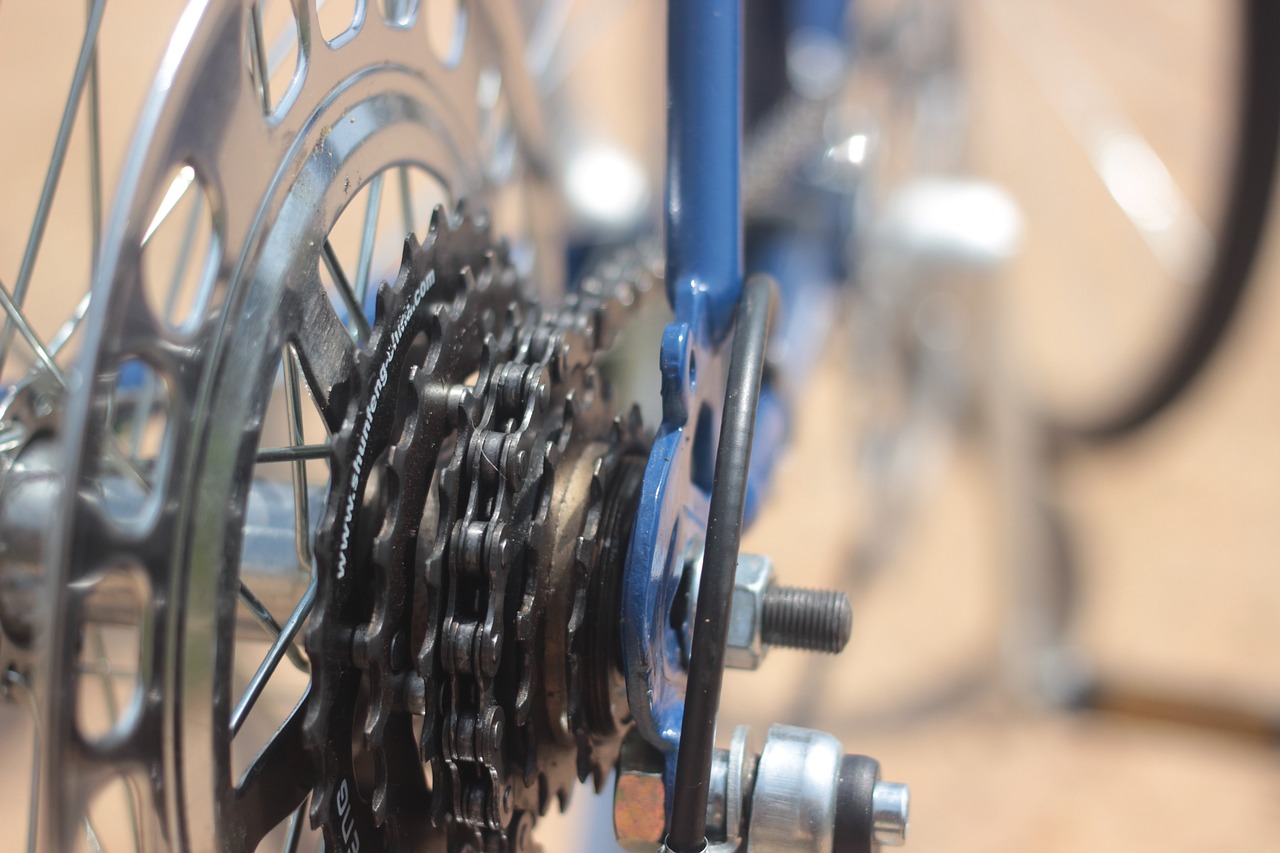The Celtic deities known as the Tuath Dé Danann were legendary figures from the Otherworld, who left a lasting mark on the annals of ancient Ireland. Among these immortal beings, Macha emerges as a prominent goddess whose fierce nature and legendary prowess made her both revered and feared. She fought valiantly against the Fomorian invaders and imparted knowledge to the generations that followed.
Macha’s persona is vividly depicted in various Irish myths, where her attributes range from beauty to unbridled wrath. Accompanied by her two sisters, she formed part of the Mórrígan, a powerful trio of war goddesses, symbolizing the crisis and bloodshed that marked their existence. However, her significance transcends that of a mere fierce warrior; her influence echoes through time in the cultural heritage of Ireland.
Understanding Macha
Macha, noted for her vengeful spirit, is a multifaceted character in Irish mythology. She is often represented by symbols such as crows, signifying her ties to the Mórrígan, and acorns, which underscore her association with fertility. The earliest reference to Macha appears in the 7th-century manuscript known as O’Mulconry’s Glossary, where she is referred to as the “scald crow,” alongside a mention of her involvement in the gruesome aftermath of battle, where the remains of slain warriors were scattered as a disturbed harvest.
Etymology and Pronunciation of Macha
The name “Macha” translates to “field” or “plain” in Irish, underscoring her association with land and fertility in her role as a sovereignty goddess. Speculations arise surrounding her potential connection to Danu, another major goddess, who embodies the Earth and motherhood. The name also connects with “machair,” a term denoting lush, fertile lands, as well as various locales in ancient Ireland named after her, such as Ard Mhacha and Emain Mhacha.
In terms of pronunciation, Macha is articulated as MOKH-uh in Irish, reflecting the Gaelic linguistic roots pervasive in Celtic mythology.
The Nature of Macha’s Divinity
Macha embodies dual roles, being both a goddess of horses alongside Epona and a fierce goddess of war. Her character encompasses themes including sovereignty, fertility, and authority over the land, with various interpretations illuminating her attributes, from her rapidity to her affinity for cursing.
Macha’s Place in the Mórrígan
Within the pantheon of Celtic deities, the Mórrígan represents the divine aspects of war, fate, and death. Macha is frequently identified as one of the three goddesses forming this fierce entity, and her names, including Danu and Badb, suggest a complex relationship within the Mórrígan’s tapestry. Some scholars propose that she may be viewed as various manifestations or aspects of the same central goddess.
Sovereignty Goddesses and Macha’s Legacy
Sovereignty goddesses symbolize the essence of territories and nations. Through relationships, often matrimonial, with kings, they bestow rightful authority. Macha specifically symbolizes the sovereignty of Ulster. This unique categorization of female deities is mostly found in Celtic lore. Other notable figures that share this aspect include Badbh and Queen Medb from Irish mythology, in addition to figures like Guinevere and Rhiannon from Arthurian and Welsh traditions.
Macha in Mythological Narratives
Macha weaves her way through several mythological narratives within the Ulster Cycle and beyond. Each iteration of Macha adds layers to her character, alluding to the possibility of multiple historical figures or mythic traditions relying upon her strength and prowess as a member of the Tuath Dé Danann.
For example, as the daughter of Partholón, her lineage is shrouded in mystery, eclipsing her potential accomplishments with an enigmatic background. In contrast, as the wife of Nemed, she is portrayed as a loyal and magical figure whose untimely death deeply impacted her community.
In another retelling, Macha Mong Ruadh (“Red-Haired Macha”) rises as a formidable figure who seizes power for herself and uniquely alters the narrative surrounding feminist power dynamics in ancient Ireland.
The Infamous Curse of Macha
The curse of Macha, also referred to as The Debility of the Ulstermen, was enacted in response to her husband Cruinniuc’s boastful claim at a festival. Upon being challenged by the king, Macha reluctantly ran against the king’s stallions while heavily pregnant. The outcome of this race led to her humiliation and, in turn, a fierce retribution: she cursed the men of Ulster to experience crippling weakness in battle, a fate that persisted through nine generations.
The Cycles of Celtic Mythology
Celtic mythology comprises four distinct cycles: the Mythological Cycle, Ulster Cycle, the Fenian Cycle, and the Cycles of the Kings. Each cycle categorizes Irish legends, such as the supernatural exploits of the Tuath Dé Danann in the Mythological Cycle, while the latter chronicles the histories of legendary kings and their epic battles.
In summary, Macha remains a powerful symbol of vigor and determination fused with the complexities of motherhood and sovereignty within the mythology of ancient Ireland.



